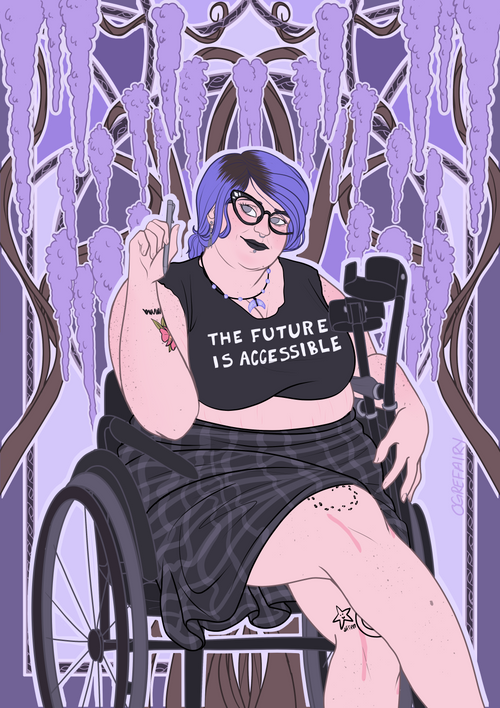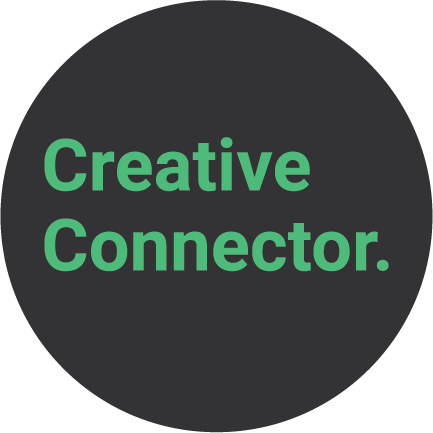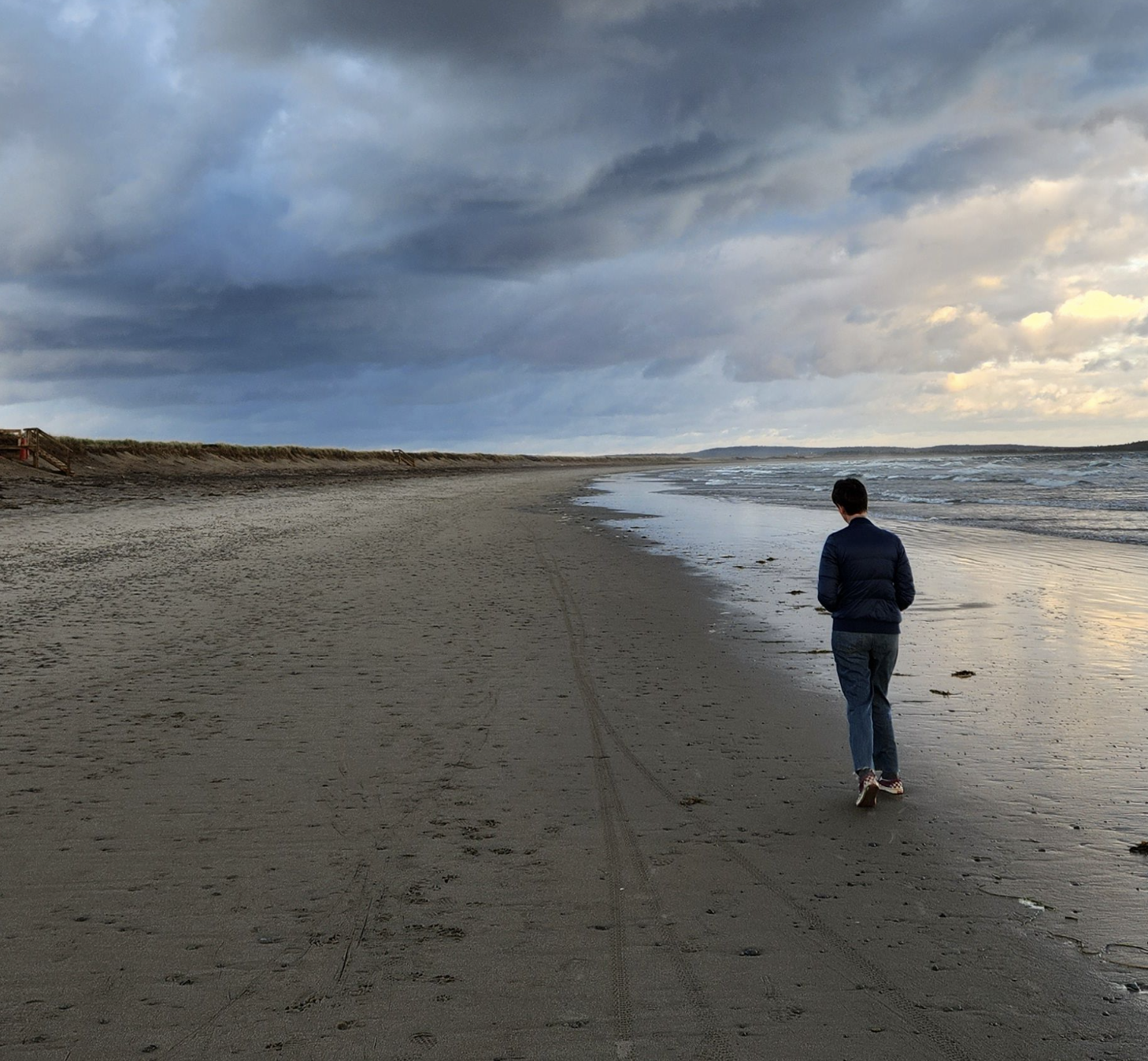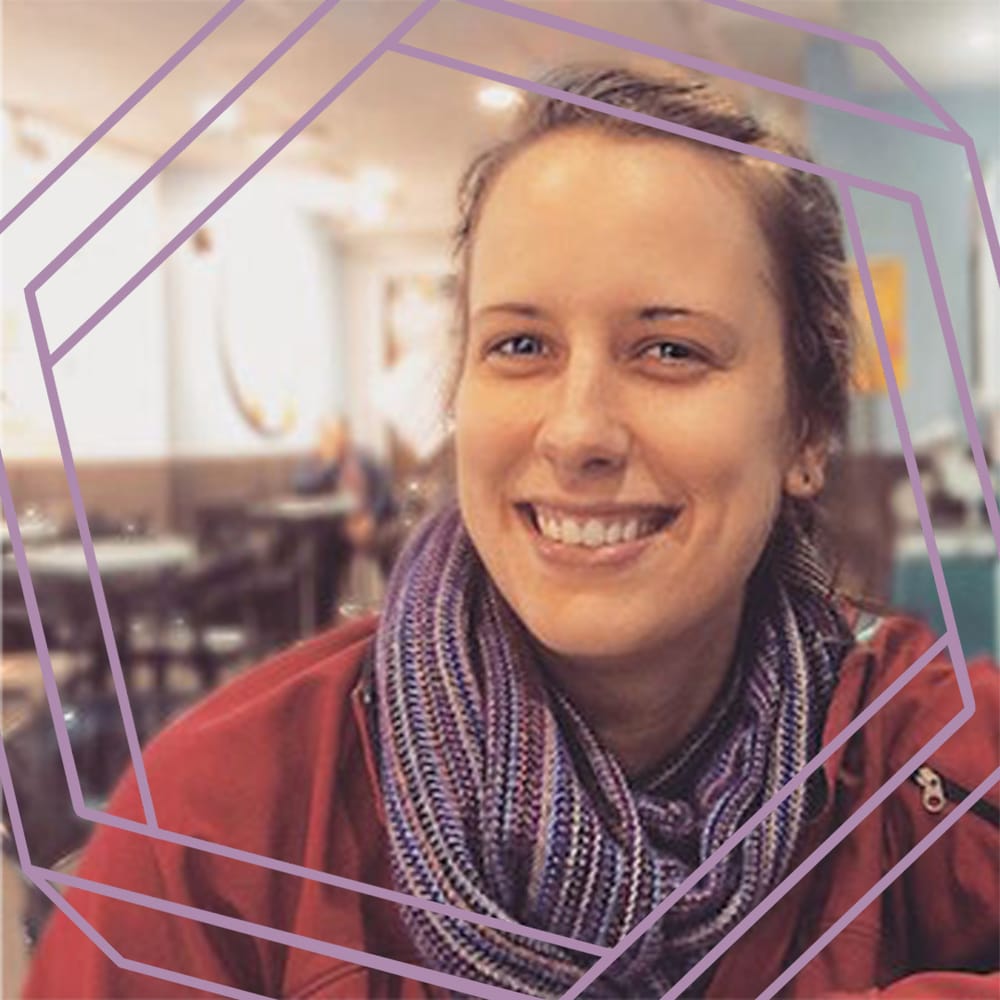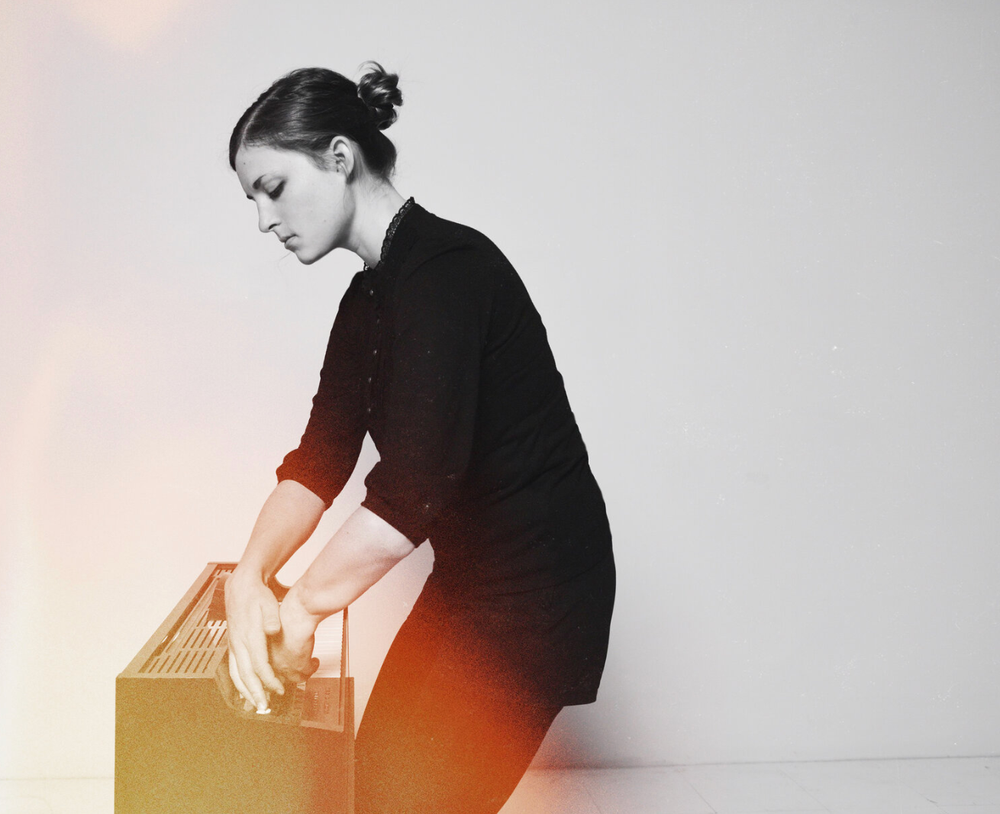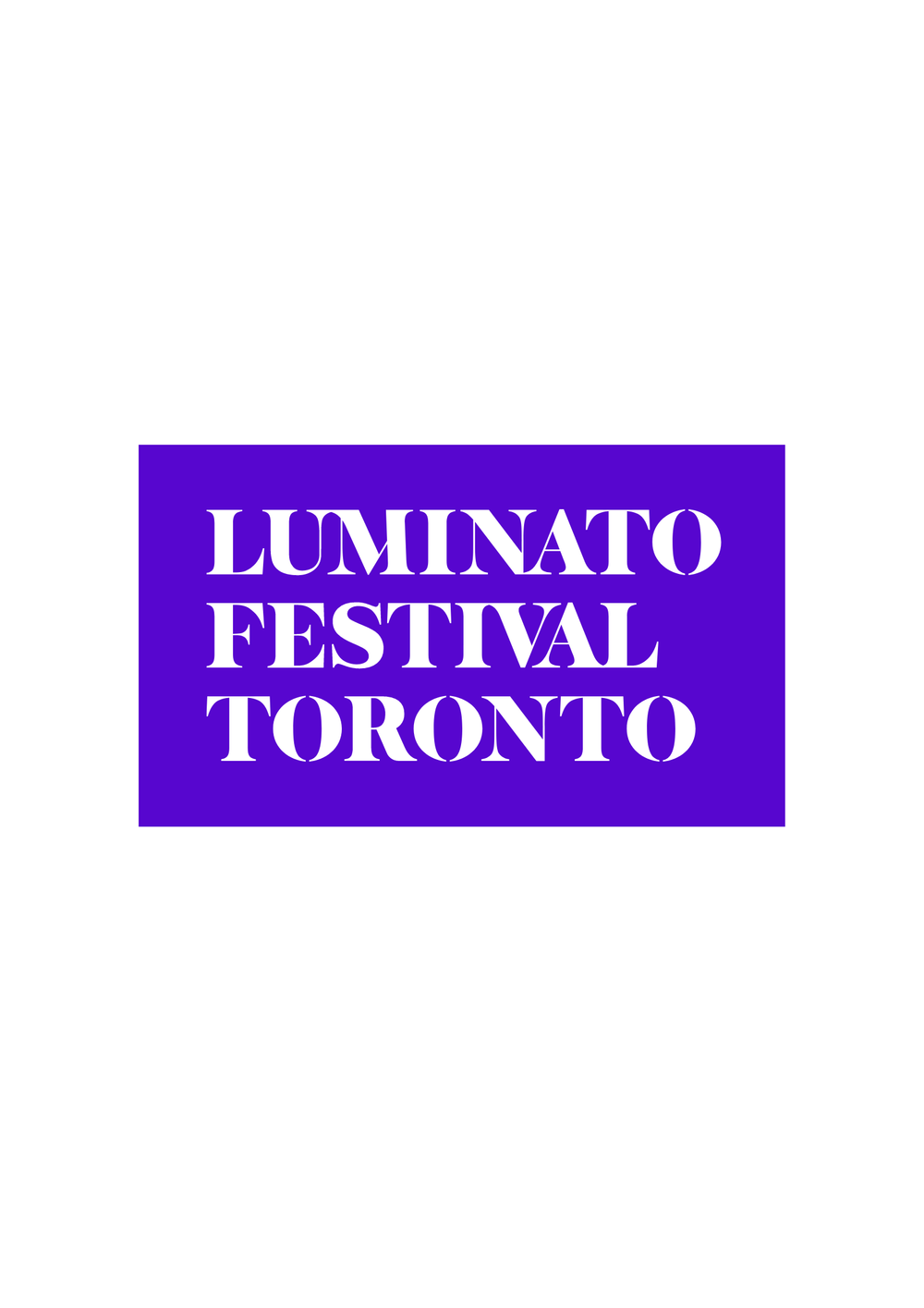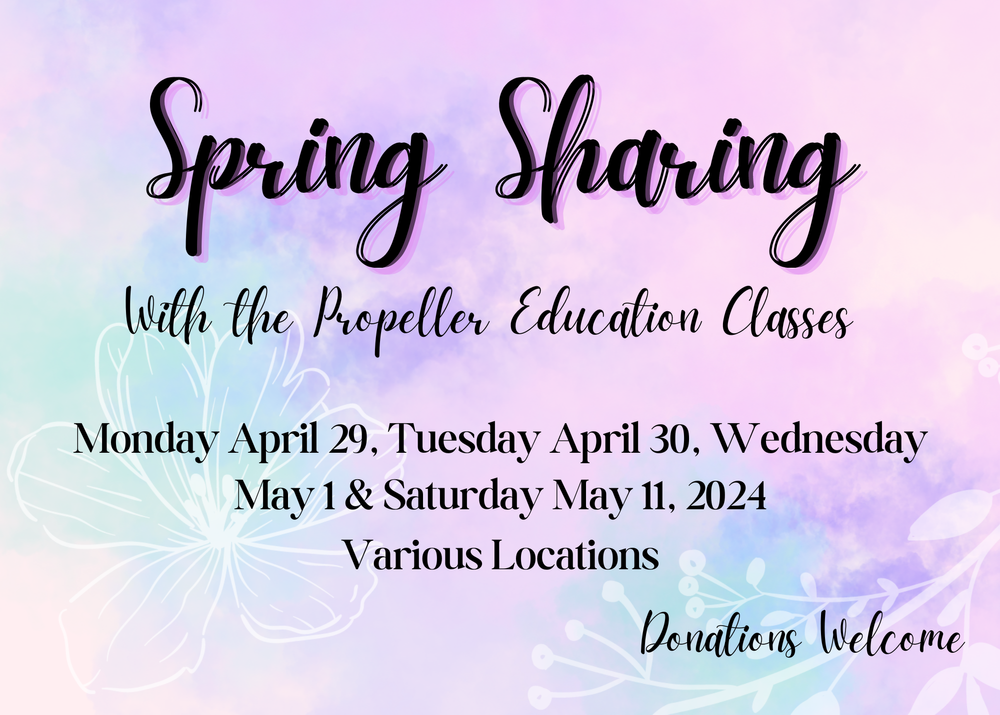Dear Lindsay,
Unfortunately, I’ve developed a bit of a TikTok habit.
It began when I convinced myself that using this app would be a good way for me to stay in touch with what change-making Gen Z’ers were up to. But I’m now completely invested in my para-social relationships and it turns out that people from every generation are making interesting counter-cultural content on TikTok.
One of the things I’ve learned from my TikTok friends is the notion of “being perceived.”
Well, that isn’t quite true.
I’ve always known what it is to be perceived; an awareness that I am perceived by others has been consistent throughout my life-long experience as a noticeably disabled person. What I’ve learned from TikTok is that others are also aware that they are being perceived and, like me, this makes them uncomfortable.
Being perceived: the knowledge that others are taking us in through their senses and making sense of us.
What we don’t know - although sometimes we do - is how they are making sense of us. We don’t know what frameworks, logics, hegemonies, stereotypes, past experiences, and familiarities they conjure when participating in this snapshot sense-making exercise.
With so much about how we are being perceived out of our control, it is understandable that this inevitability makes us uncomfortable; we are vulnerable to being framed through perceptions that are potentially discordant with our own world-view and self-understanding.
For example, no matter how put together I think I am, my intended self-projection can be undone the moment someone evokes ableism to perceive me as incompetently struggling to dig out coins from my coin pouch with my stiff fingers at the front of a long line of impatient customers.
Their perception reduces me to a pitiful disruption. My whiteness shields me from being perceived as a dangerous disruption, as Black, Indigenous, and racialized disabled people often experience, and protects me from the kinds of violence that such a perception often incites.
Sometimes, when I can pry myself away from the TikTok app, I go for early morning walks on the beach or in the woods near where I live. These are beautiful and also relatively accessible places for me to go walking given the absence of cracks in the sidewalks to trip over and crowds of people to get caught up in.
I still get tripped up, however. I regularly cross paths with others and therefore I am perceived; as their stares, which are often exaggerated, indicate. I would like to say that these stares don’t bother me, that I deflect them with a “good morning” and a smile. And sometimes I do.
But there is something undeniably disquieting about being thrown into the category of “unexpected other” when one is just trying to get started with their day. These experiences, which are both unique and universal, tell me that even when environments are moderately accessible, as they are on my walk, disabled people will continue to feel out of place in the world so long as we have to negotiate inter-personal ableism and other discriminatory logics through which disabled people are perceived.
Confronting ableism is just as necessary as addressing inaccessibility when fighting for the freedom of disabled people.
Perhaps continuing to use digital and non-digital platforms to share stories of the individual and collective experiences of how we make sense and are made sense of in the world will encourage us all to perceive others through more generous and nuanced perceptual frameworks.
Warmly,
Eliza
Eliza Chandler is a curator and cultural connector in disability arts. She is an associate professor in the School of Disability Studies at Toronto Metropolitan University where she teaches and researches in the area of disability arts and cultural production. This research area came into focus when she was the artistic director of Tangled Art + Disability in Toronto.
The Disability Files is a monthly issue featuring letters written by members of the disability community that respond to honest questions about disability, art, and access.
Submit a question for our team by hitting that green button and we'll try to respond.
